Showing 133–144 of 158 results
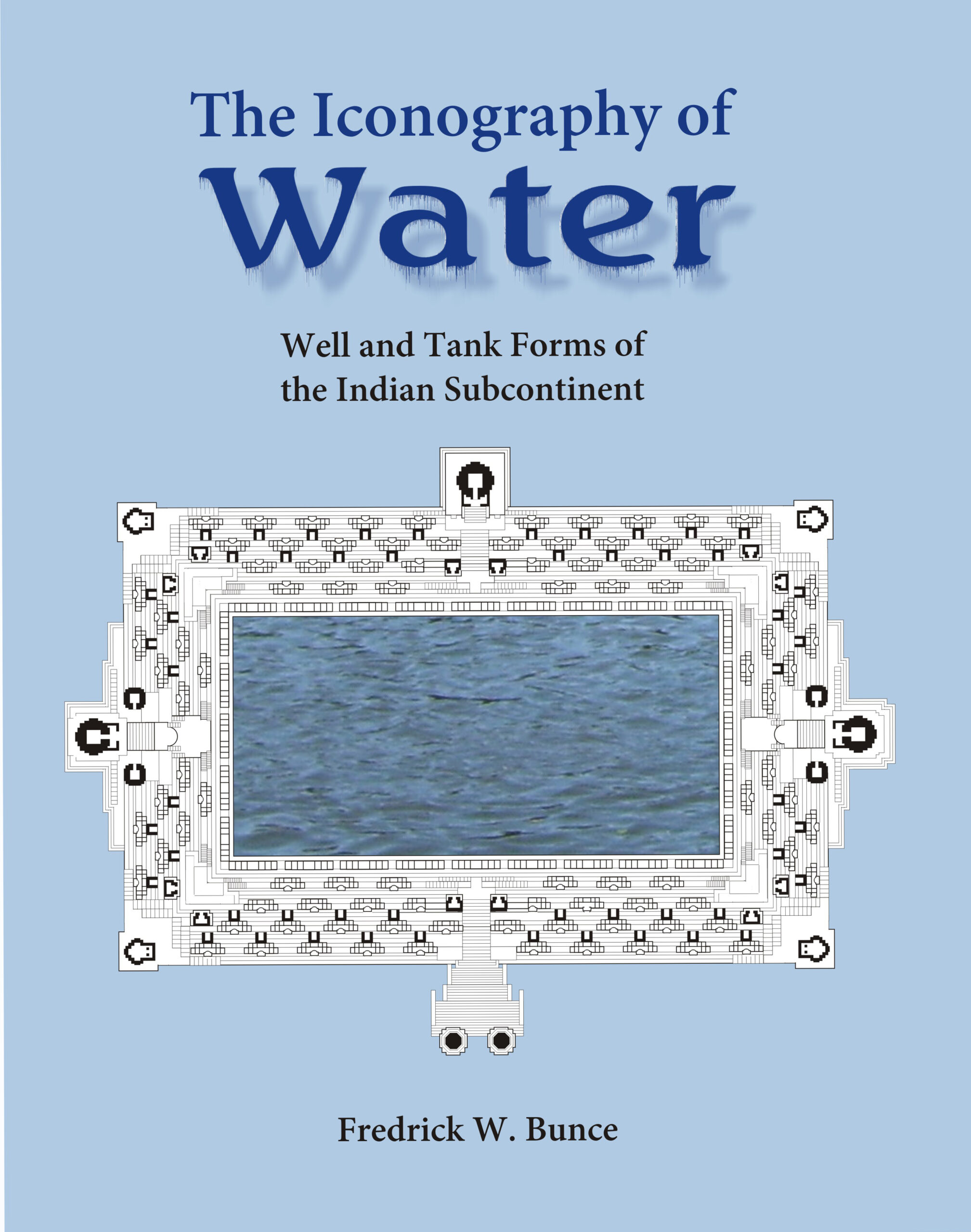
Baolis, bawadis, keres, kulams, kundas, talaos, tankas, wavs, zings were a neglected lot in the oeuvres of Indian architects and art. This volume, devoted to their study, is heavily loaded with the design of various structures and other vital information. Every detail is assiduously analysed, compared and rechecked to present the dimensions, proportions and relationships of each of these structures.
While numerous Indian monuments are well known in the annals of architectural research and excavation, a category of monuments baoli, bawadi, kere, kulam, kunda, talao, tanka, wav and zing was neglected in the oeuvres of architects and art. A few are familiar with the splendid beauty of the Surya Tank, Modhera; the vertiginous Canda Baoli, Abhaneri; the incomparable Rani-ki Wav, Patan; the magnificent Kalyani Tank, Hulikere; and the beautiful Rudabai-ni Wav, Adalaj. Thousands of such monuments are excellent in architectural beauty and design, apparently based on their primary utility drinking, bathing, religious purification and ornamental (recreation).
Water plays a quintessential role in the life of man. Its harvesting, preservation and careful use are of paramount importance, especially in those regions where rains are scanty. Thus took place the construction of these artificial water bodies. Many of them are within the precincts of temples and mosques, built in a time span of seventh to twentieth century ce.
This volume, devoted to the study of water monuments, is heavily loaded with the design of various structures and other vital information. Every detail in this book is assiduously analysed, compared and rechecked to present the dimensions, proportions and relationships of each of the various elements of the structures. Thus it unravels a number of keys by which others can unlock the mysteries and beauties of these neglected monuments.
It can be a precious collection for architects, historians, researchers and anyone who loves water bodies.
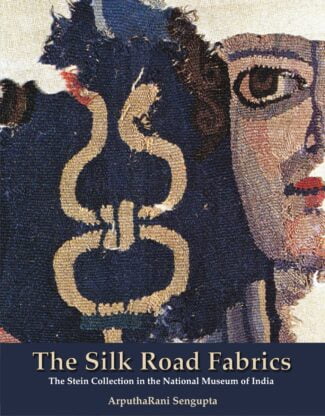
This volume on the burial silks, excavated from the sand dunes of Central Asia, offers a window to the history of a lost civilization revealing how the complex thread of interconnections linking East and West helped to shape new civilizations along the way.
During the Roman Empire when pure silk was valued like gold, burials in Han China and Central Asia were furnished with luxurious fabrics. Application of Western motifs and designs in the newly developed Chinese silk technology led to the emergence of a unique patterned silk.Silk fabrics connecting the Mediterranean with inmost Asia allowed transmission of knowledge across the world of ideas and beliefs. Archaeology in the Age of Discovery unearthed the exceptional Silk Road Fabrics from graves and shrines spanning several centuries and across the vast continental expanse of Central Asia, Egypt, Europe, China, and Japan. To Sir Aurel Stein (18561935) and others the various types of textiles excavated from the sand dunes of Central Asia were worth the risks. The burial silks offer a window to the history of a lost civilization revealing how the complex thread of interconnections linking East and West helped to shape new civilizations along the way.

The Netra Tantra “Tantra of the (Third) Eye (of Siva)”, also called Mrtyujit (Conqueror of Death), is one of the fundamental scriptures of non-dualist Kashmir Saivism or Trika. It is the only Tantra having the Third Eye of Siva as title and theme, and it contains three important chapters on Yoga, relating to three ways of overcoming death.
This book, besides giving an introduction to the Tantra, contains an interpretation of the three chapters; Chapter 1 deals with the Eye of Siva, Chapter 7 with subtle Yoga, and Chapter 8 with supreme Yoga. The same texts are presented in Devanagari, transliteration and translation, including the eleventh-century commentary of Ksemaraja, illustrious disciple of Abhinavagupta. The Appendix contains illustrations of the theme of trinetra from different sources, mainly connected with Kashmir, as well as a comparative study on “The spiritual eye in the Christian mystical traditions”.
This book is an important contribution to the studies on non-dualist Saivism or Trika, and especially to its Yoga.
The Netra Tantra “Tantra of the (Third) Eye (of Siva)”, also called Mrtyujit (Conqueror of Death), is one of the fundamental scriptures of non-dualist Kashmir Saivism or Trika. It is the only Tantra having the Third Eye of Siva as title and theme, and it contains three important chapters on Yoga, relating to three ways of overcoming death.
This book, besides giving an introduction to the Tantra, contains an interpretation of the three chapters; Chapter 1 deals with the Eye of Siva, Chapter 7 with subtle Yoga, and Chapter 8 with supreme Yoga. The same texts are presented in Devanagari, transliteration and translation, including the eleventh-century commentary of Ksemaraja, illustrious disciple of Abhinavagupta. The Appendix contains illustrations of the theme of trinetra from different sources, mainly connected with Kashmir, as well as a comparative study on “The spiritual eye in the Christian mystical traditions”.
This book is an important contribution to the studies on non-dualist Saivism or Trika, and especially to its Yoga.
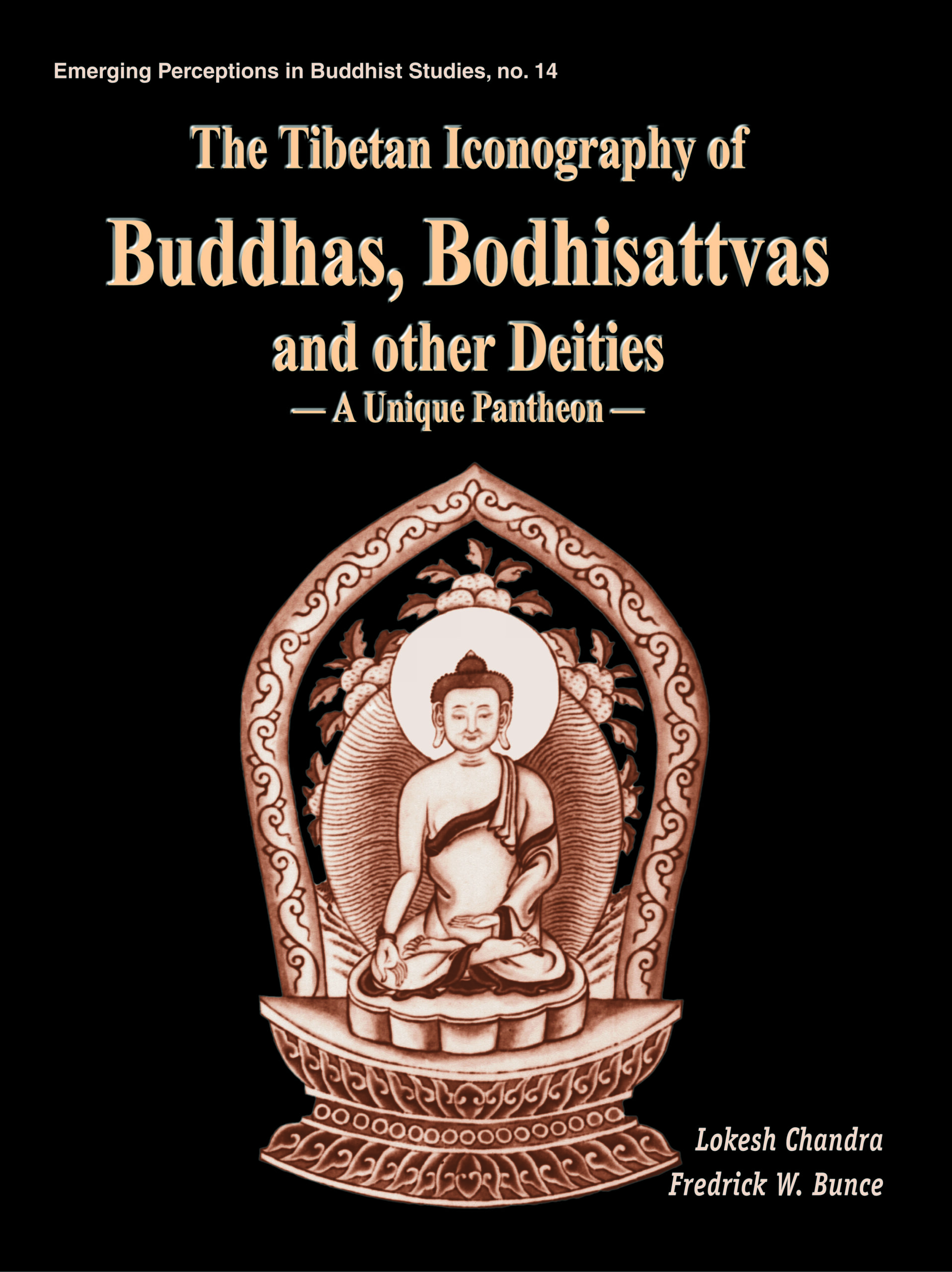
The book studies the 360 icons of the Chu Fo Pu-sa Sheng Hsiang Tsan pantheon referring to a rare set of woodcuts distinct among Buddhist pantheons. It analyses the unique features of this pantheon, pointing out the significance of each figure in the mythological/theological framework and minutely describing the iconography of the images.
Beginning with a few aniconic symbols, like footprints, the Bo tree or stupas, in the pre-christian Indian art, Buddhism, over the centuries, came to evolve a be-wildering array of deities in ever-increasing number of pantheons. Interestingly, in Buddhism today, there are perhaps as many pantheons as there are countries, or internal regions or sects within them. Chou Fo Pu-sa sheng Hsiang Tsan, in focus here, is one of these many Buddhist pantheons and acknowledgedly the culmination of Lamaist art. Authored by Rol. pahi.rdo.rje, alias Lalitavajra, (1717-1786): an imperial preceptor of Emperor Chien-lung (1736-1795), it is a rare set of 360 wood-cuts/xylographs, representing varying forms and manifestations of the Buddhas, Bodhisattvas, tantric and tutelary deities, arhats, sages, teachers, dharmapalas and protective divinities. It is also accompanied by 360 `eulogies’ in Chinese. Two internationally distinguished scholars here team up to present afresh the Chou Fo pu-sa Sheng Hsiang Tsan, aptly called a unique pantheon. Drawing together all the 360 wood-cut images in their vividly enlarged/enhanced versions without compromising their aesthetic integrity, the book not only captures their subtle iconic devices, but spells out as well, in meticulous detail, all their iconic attributes, like body postures, faces, arms/hands, mudras, asanas, vahanas, companions, and whether clam or wrathful. The book also incorporates the names of each deity/deity-form in Sanskrit, Manchu, Mongolian, Tibetan, and Chinese. Unveiling, for the first time, the images of a veritably unique pantheon, in their enlarged format, and their accompanying Chinese eulogies, the book is bound to fascinate anyone concerned with Buddhist art and iconography.
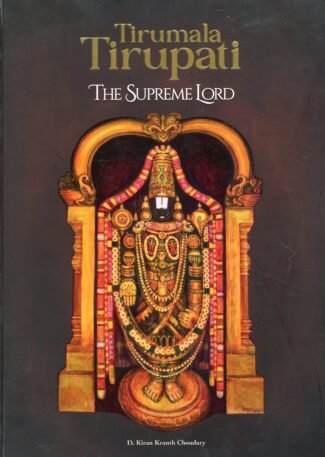
“Tirumala Tirupati” is a captivating coffee table book with over 200 visuals exploring Lord Venkatesa’s divine identity, temple history, architectural insights, and legends of Tirumala. A treasure trove for devotees, it beautifully unveils traditions, rituals, and spiritual significance.
The Supreme Lord is a unique coffee table book with over 200 photographs, graphics, paintings, and architectural ideas. For the first time, it confronts Lord Venkatesa’s idol identification and offers viable answers. This emphasises the necessity of calling the Sri Venkatesvara temple Svayamvyaktakshetram and the Lord inside Yajna Vishnu. Dasavataras of Vishnu, how the Lord reached Seshachala hill, Kaliyuga Pratyaksha daivam, legends, and Srinivasa kalyanam with Padmavati are discussed. The Seven Hills were important in Seshachala when there were several hill ranges, and their significance is linked to the Mahavedi. Exclusive temple history, inscriptions, and architectural representations and their significance are offered. The Supreme Lord’s physiognomy and why He looks so peaceful are described. For devotees, the hundi (koppera) and its shape, the sacrificial vedi, the reasons for the vast collection of quantities, and the construction of garbhagriha according to Mahavedi’s measurements are described. Adi Varaha, Goddess Padmavati, Bhaktas, and rulers are highlighted for their contributions to the temple’s growth in all sectors. Pictures of Tirumala festivals, prasadams, thirthas, and locations around Tirupati are lovely and alive. This volume would be a wonderful treasure trove for all Sri Venkatesvara followers.

This book beautifully captures the spiritual essence of Arunachala, the sacred hill revered as Lord Shiva himself. With stunning visuals and rich insights, it explores its history, festivals, and divine significance.
“The importance of Tiruvannamalai is beautifully I encapsulated in the words of the Arunachala Mahatmya “”The supreme knowledge (Self-knowledge), the import of Vedanta, which cannot be attained without great difficulty, can easily be attained by anyone who sees the form of this hill from wherever it is visible or who even thinks of it with the mind from afar.”” This profound statement underscores the spiritual significance of Arunachala, a place that Sri Bhagavan Ramana held dear. Every verse of his Sri Arunachala Aksharamanamalai ends with the name Arunachala, reflecting his deep reverence and the powerful spiritual presence of this holy hill.<)P> Arunachala is truly the heart of the world, a secret kshetra where Lord Shiva himself abides. Unlike other holy places such as Kailasha, Kashi, and Chidambaram, which are sacred as the abodes of Lord Shiva, Arunachala is revered as Shiva himself. This hill of light stands as a living manifestation of divine energy, drawing devotees from all corners of the globe.
It gives me great pleasure to write the foreword to this wonderful pictorial book, authored by Dr. Ketu Raachandrasekhar and Vijay Sundararaman lyer, and published by Universal Publishing, on Tiruvannamalai, a divine kshetra that holds a special place in the hearts of devotees worldwide. This book is a visual and informational treasure trove, meticulously compiled to capture the essence of Arunachala, the sacred hill that is revered as a manifestation of Lord Shiva himself.
The captivating visuals in this book bring to life the rich culture of fire worship and the divine manifestation of Shiva as the Agni Linga, one of the Pancha Bhuta Sthalas. Each image is accompanied by comprehensive information that details the history of the temple, its intricate layout, the various important festivals celebrated throughout the year, and several other details not known to all.
A significant highlight of this book is the role of the Nagarathar Chettiar Community, who have been instrumental in the renovation and upkeep of the temple traditions for several hundred years. Their dedication and contributions continue to preserve the sanctity and heritage of this sacred site.
We hope this book serves as a source of inspiration and devotion, allowing readers to experience the divine presence of Arunachala through its pages. May the sacred hill of Arunachala continue to illuminate the path of spiritual seekers.”
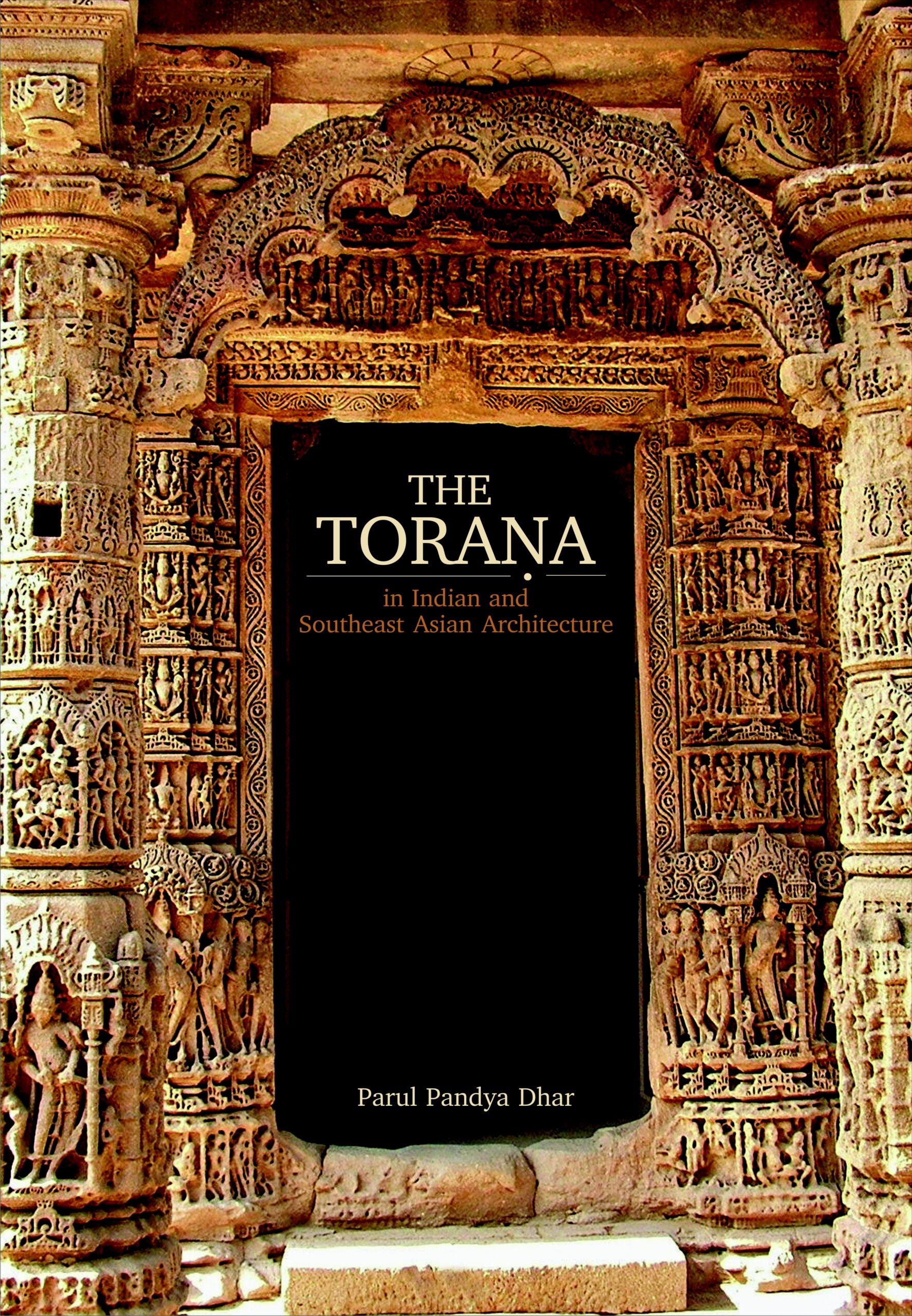
The book details the significance of the toranas arched portals or festoons in ancient and medieval architecture of South and South-east Asia, with special emphasis on Indian representation. The text is richly illustrated with photographs and line drawings from remote sites, museums and archival collections.
The present work discusses in depth the subject of toraªas (arched portals or festoons) in the ancient and medieval architecture of South- and South-east Asia, with special emphasis on Indian representations. Their antiquity and rationale; their continued presence in association with stupas, caves, temples, mosques, cities, forts, and palaces; their myriad forms and transformations; and their aesthetic and symbolic relationship to the structure in question are analyzed stage-by-stage in this book. The rich corpus of toraªas included here has been critically and comparatively analyzed in relation to traditional practice, as well as in the light of the medieval architectural treatises, historical records, and other literary sources. The approach is micro in the sense of being focused on a specific architectural element but macro in its regional and temporal span. In addition, the exposition reveals the grammar as well as the manifold visual formulations of the toraªa as representative of the basic principles of traditional Indian architectural ornament: integral to the structure, functionally apt, aesthetically significant, and visually evocative, with sound and sophisticated design principles. The text is richly illustrated, bringing together material scattered over several well-known as well as remote sites, museums, and archival collections. Whereas a major part of this book details the journey of the toraªa in ancient and medieval India, the section on early beginnings also includes references from Pakistan and Afghanistan, and the final chapter surveys, with a view to compare, parallel yet distinct expressions in Cambodia, Thailand, Champa, Indonesia, Myanmar, Nepal, and Sri Lanka.
| × |
|
Indian Family System 1 x ₹630.00 |
| × |
|
Reflections on Indian Thought 1 x ₹765.00 |